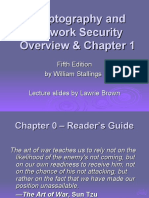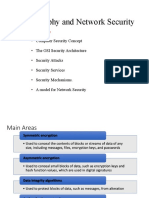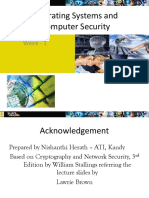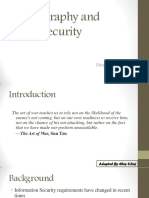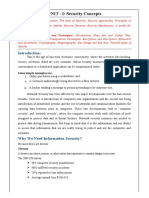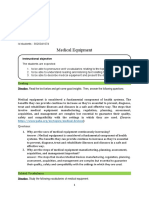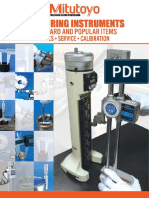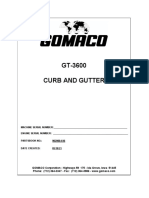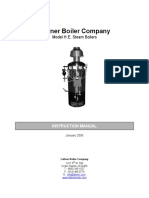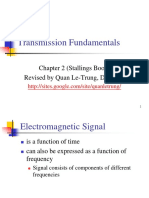0% found this document useful (0 votes)
18 views35 pagesLecture 1 - Introduction Security Concept
The document provides an overview of malware analysis, detailing various types of malware such as Trojans, RATs, and ransomware, and their malicious functionalities. It emphasizes the importance of malware analysis for understanding attacks and protecting information systems, alongside discussing cryptography and security concepts. Additionally, it outlines the challenges and mechanisms involved in ensuring computer and network security.
Uploaded by
Mrs KAVITHA RANI S Asst. Prof / AIMLCopyright
© © All Rights Reserved
We take content rights seriously. If you suspect this is your content, claim it here.
Available Formats
Download as PPTX, PDF, TXT or read online on Scribd
0% found this document useful (0 votes)
18 views35 pagesLecture 1 - Introduction Security Concept
The document provides an overview of malware analysis, detailing various types of malware such as Trojans, RATs, and ransomware, and their malicious functionalities. It emphasizes the importance of malware analysis for understanding attacks and protecting information systems, alongside discussing cryptography and security concepts. Additionally, it outlines the challenges and mechanisms involved in ensuring computer and network security.
Uploaded by
Mrs KAVITHA RANI S Asst. Prof / AIMLCopyright
© © All Rights Reserved
We take content rights seriously. If you suspect this is your content, claim it here.
Available Formats
Download as PPTX, PDF, TXT or read online on Scribd
/ 35


